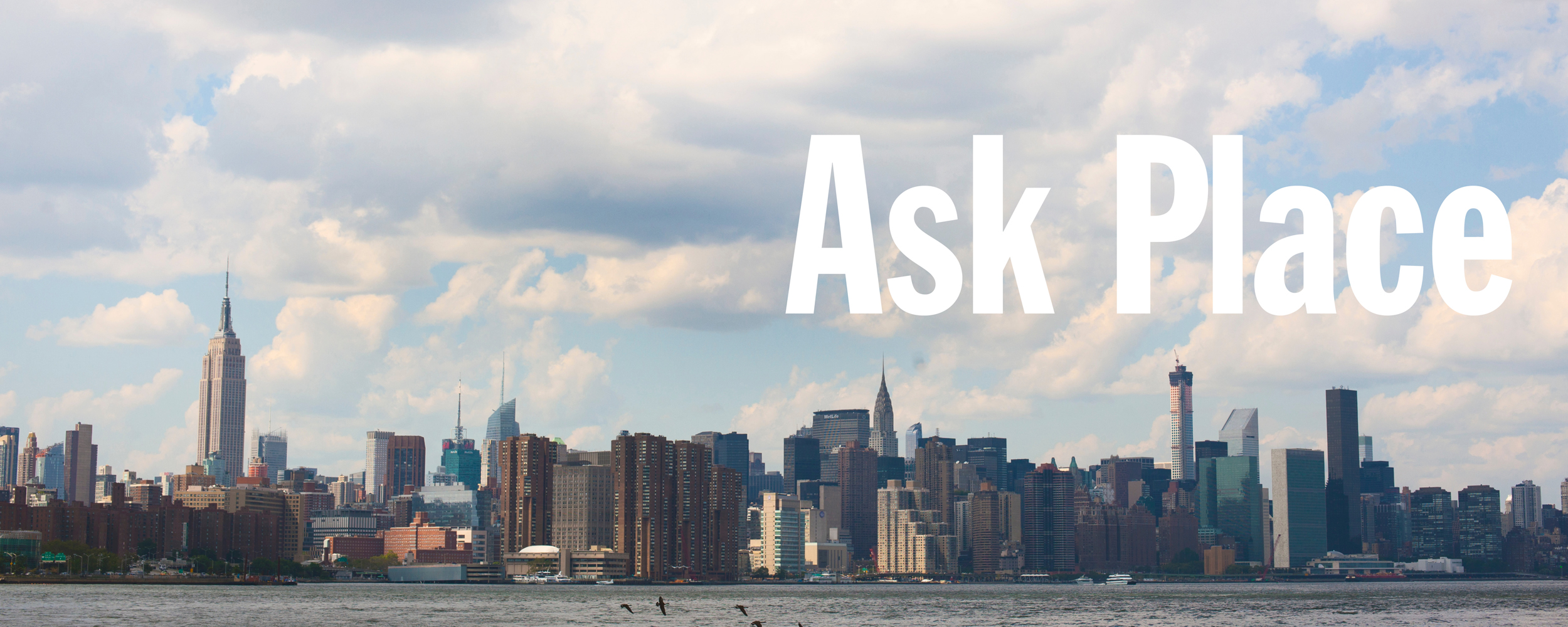
Insight: Urban Ecological Research
Bio-Diverse Modelling
of Cities
Client
In collaboration with the Biomimicry 3.8 Institute.
Reimagining the natural ecosystems of New York City.
What would a city look like if it performed as well as the natural ecosystems that were once abundant in that place? Could cities be inspired by forests, waterways and bio-diverse systems that are now covered in concrete and asphalt? KerrSmith, working with the Biomimicry 3.8 Institute, the Wildlife Conservation Society of New York and supported by the Summit Foundation, researched ways to turn that inspiration into reality.
Our work flows from the Manahatta/Welikia research project headed by Dr. Eric Sanderson of the WCS:
“Before becoming the center of the Western cultural universe, Manhattan was Mannahatta, “Island of many hills,” in the language of 17th-century Native Americans. Using computer modeling, painstaking research and a lot of legwork, Wildlife Conservation Society ecologist Eric Sanderson has re-envisioned, block by block, the ecology of Manhattan as it was when Henry Hudson first sailed into the forested harbor in 1609.
The Mannahatta Project presents the eye-popping fruits of Sanderson’s research, from the
now-flattened hills of the financial district to the river otters of Harlem. The project’s astonishing
visualizations are realized by computer-graphics wizard Markley Boyer, and encompasses a book, a website and a 3-D map — a sort of Google Earth of ancient New York. Plaques around town will commemorate a lost creek or habitat. Far more than a mournful look back at what has been irrevocably paved over, the Mannahatta Project is designed to inspire ecological sustainability for New York and for other cities.” (Resource: Ted.com)
That groundbreaking work was focused on interactive imagining of alternative ecosystems largely for educational purposes. But it held the potential for use by those who build, protect, use and are inspired by the tangible realities of a specific place. Our work investigated how to build tangible tools to empower city-makers and city users to better understand the potential of their urban places. The algorithms developed for Manahatta/Welikia represent an opportunity for the creation of Environmental Performance Standards, Metrics or Indicators. The goal was to build a platform tool that provides core information and is a repository of place specific emergent knowledge to enable the creation of built environments that perform as well or better than the ecosystems the city replaced. The project brought together stakeholders within New York, and the Mannahatta project to highlight how the indigenous landscapes of the island of Manhattan can be accessed by the public for greater understanding, and also for helping solve innovative challenges. The study initiated a series of workshops, and interviews with recommendations to the Biomimicry Institute for systemic changes in how place can be incorporated into innovative strategies. This concept spawned the ‘genius of place’ movement that has been taken up by cities around the world to accelerate place based innovation practices.
With Tim McGee of Biomimicry, KerrSmith coordinated a multidisciplinary stakeholder group, researched context, precedent and possible innovative solutions while collaborating with a diverse team of experts in ecology, parks, city systems and urban geography.
Our expert mapping, graphics and presentation capabilities were key to moving the project forward, — from the abstract to the real — by explaining complexities in manageable “chunks”, discernable examples and articulated models and diagrams.


© KerrSmith Design 2023
550 Queen St. East, Unit 335
Toronto, ON M5A 1V2
416-703-5377
